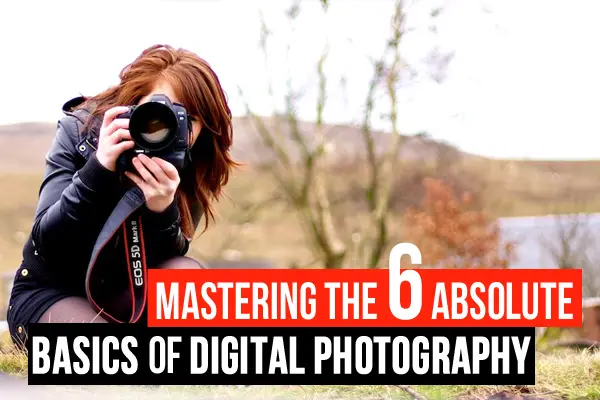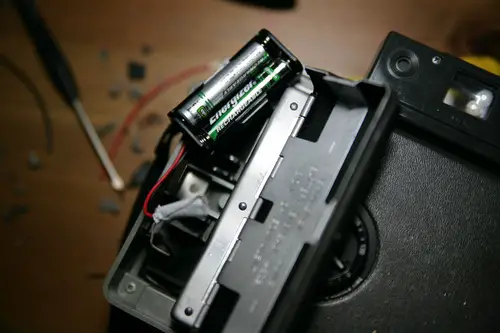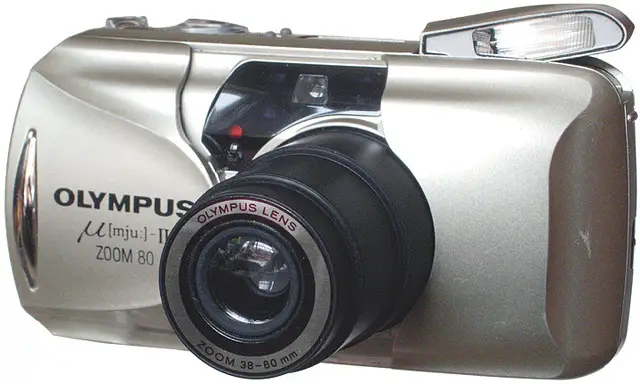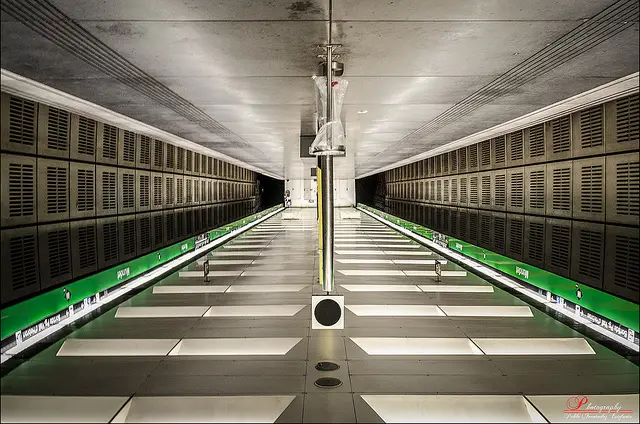They say that you should walk before you run, and before that, you should crawl before you can even walk. So, too, with digital photography: You have to understand the very bare essentials of the craft before you can even hope to become anything close to a seasoned pro. The biggest mistake that most photographers commit is they think they’re very sophisticated even though they don’t even have a handle on the utmost basics of digital photography.

Don’t be like these overly confident photographers who only assume they’re good, but really can’t tell an F-stop from a shutter button! To become a true master at photography, you have to go back to the basics and master them first. Understand what file format to use for what purpose, know your camera settings inside and out and even remember the very basics such as always having charged batteries available.
Think you’ve already mastered the basics of digital photography? We’re not too sure. Read on to find out if you’re on the road to being an awesome pro or just a pretender.
Stop Shaking the Camera
Obvious does not mean that everyone understands it. You’d think that many photographers would have the presence of mind not to shake the camera when pressing the shutter button, but you’d be wrong. This camera shake is actually the most typical error that all photographers make.

It happens when you inadvertently move your camera when you press the shutter button. This is harder to stop than what most photographers believe. It actually takes a good deal of practice to steady your hand so that you don’t shake it when pressing the shutter button. Even the slightest camera shake can create distortions in the image or reduce its sharpness. So this is something you should master from the very beginning.
Remember to Reset Those Camera Settings
It’s vital to get yourself in the habit of always checking your camera settings before you go from one shot to the next. So many times in the annals of photography, people have found out, much to their chagrin, that their perfect picture-taking opportunity was absolutely ruined by camera settings that were totally out of whack.

For instance, let’s say that you just snapped what you believe is an absolutely amazing picture. However, after the fact, you determine that—uh oh!—your saturation and ISO were really set to ultra-high levels from a prior shoot. The end result is that you’ve utterly squandered what could have been pure photography bliss. So do remember to reset your camera settings before every single shot.
Keep Your Batteries Charged
Seriously…keep those batteries charged up. While you may scoff and think that this is such an obvious piece of advice, we guess you’ve never met the many shame-faced photographers the world over who have had plenty of shots ruined due to batteries that were neglected.

Never presume that your batteries are completely charged. Instead, take matters into your own hands and charge them prior to each time that you go out and head to a shoot. You can always invest in spare batteries if you constantly find yourself snapping shots beyond the capacity of your batteries.
Know the Difference Between JPEG and RAW
JPEG files are ideal for situations where you want to print or share your shots right away. These files will be processed in-camera as you are shooting your images. You’ll quickly discover that you’re also able to shoot a much greater sequence of successive frames at a rate that’s a lot faster than RAW.

Contrast this information with RAW, which features greater bit depth. As such, RAW files are perfect for either manipulation or retouching. Raw files are much bigger than JPEGs, which means your digital camera will take longer to deal with them. In addition, you must process them before you can print out any images.
Though you now know the pros and cons of either, that doesn’t mean that you have to limit yourself to one or the other. A great approach is to shoot pictures in both file formats and then figure out which you want to ultimately use when you’re in front of the computer.
Use Your Zoom Wisely
Many point-and-shoots have a zoom lens, and you’ll be delighted to discover that zooming in on your subjects is wonderful because of all the extra details this provides. Don’t be afraid to experiment with your zoom features. Try to compose the image with your subject taking up the whole frame.

At the beginning, you’ll likely struggle and, consequently, produce many images that feature the subject only very small within the frame. As you look through your viewfinder, though, view the entire picture frame and how large the subject is in your image, not just the eyes of your subject!
Experiment With the Point of View
Hey, here’s something we’re betting you haven’t given much thought: the point of view of your images. It’s true that you increase the interesting qualities of your photos when you switch up their angles to more atypical ones.
For instance, you could lie down on the ground and look straight up at the subject. Such a strategy is noticeably dynamic when you’re dealing with difficult subjects like kids or pets.

On the other hand, you could try the exact opposite and photograph your subject from up above. Just find a higher viewpoint, climb up onto it and then look down on the subject while shooting.
Think You’re All That?
If you think you’re all that, yet you still haven’t mastered these above photography basics, then we really beg to differ…big time. While you may snap the odd good photo here and there, there are probably a good amount of imperfections in your shots, which the more discerning viewers will easily spot. There’s no shame in going back to basics if you need to brush up on your photography fundamentals. After all, these basics are what the very best photographers in the world have built their skills on.
Don’t forget to tell us all about your mastery (or lack thereof) of these digital photography basics in the comments section below! What do you think your biggest flaws are as a photographer? Are there any areas that you honestly think you’re already exceling at and therefore don’t need practice in? Be honest, now.









0 comments